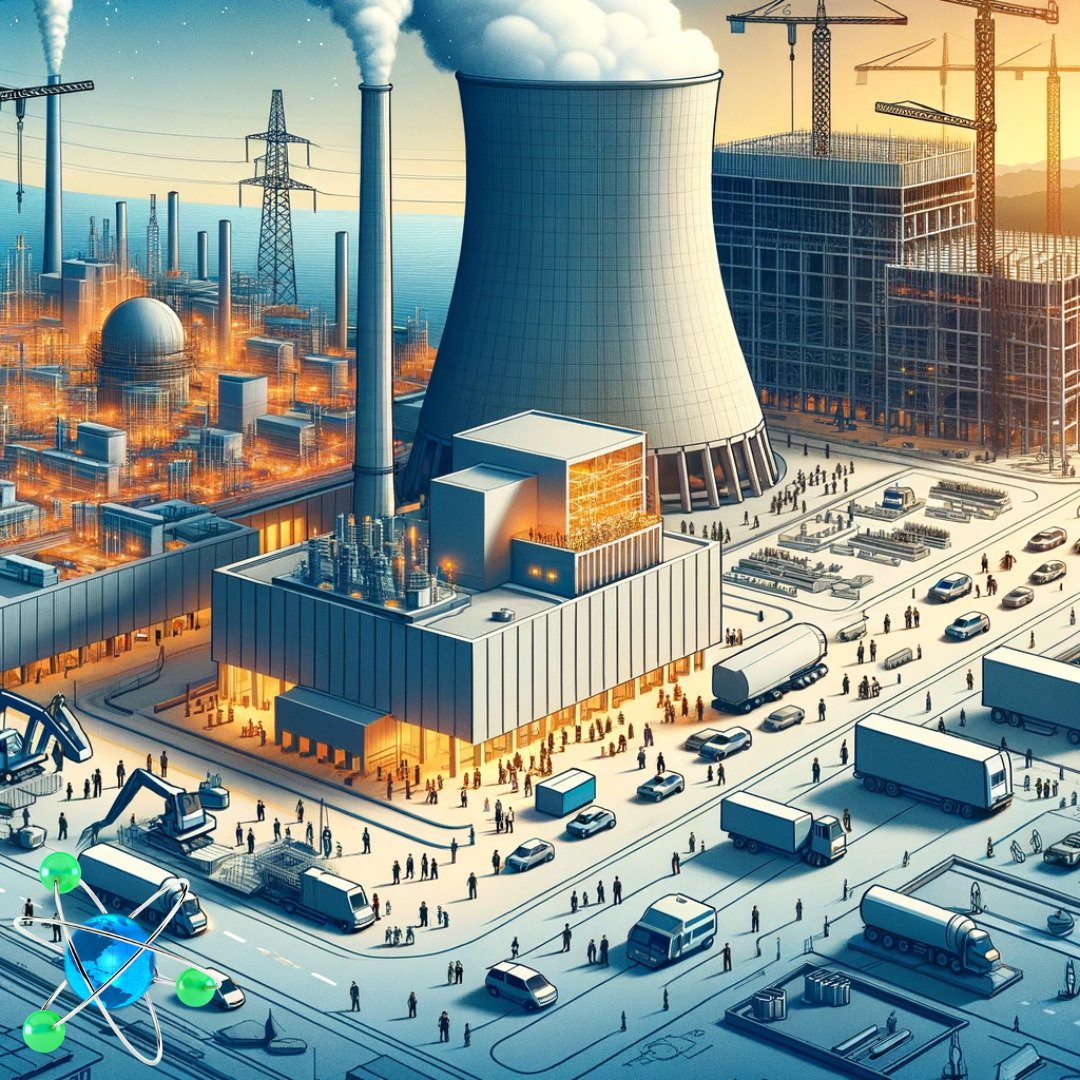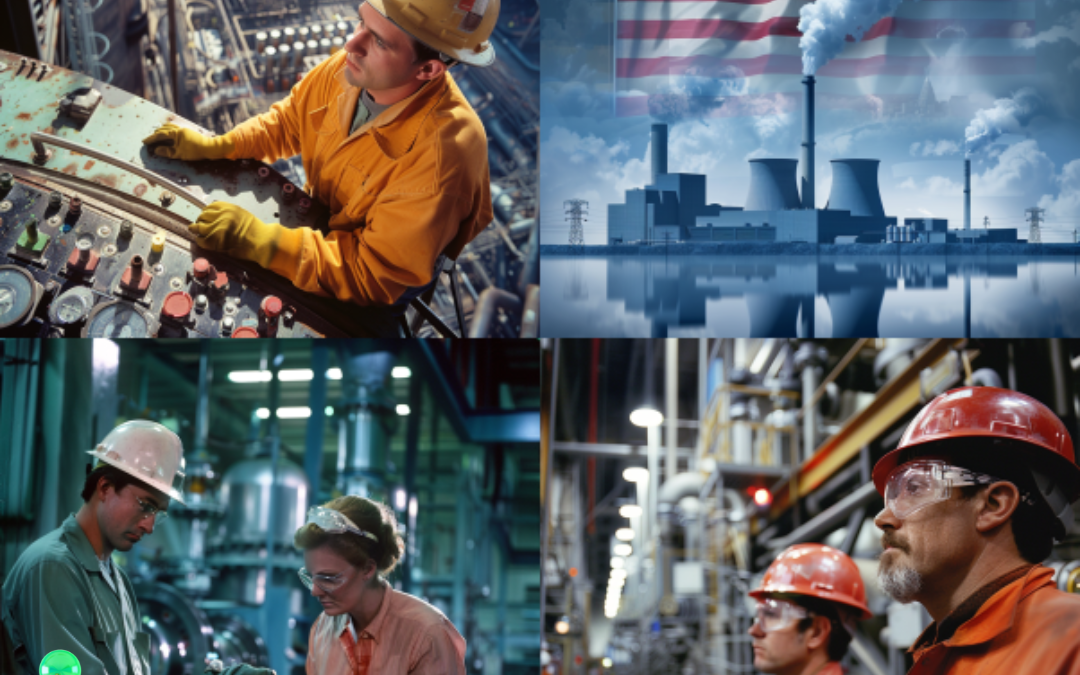
The US nuclear industry, a cornerstone of clean energy production, is a significant source of employment, boasting approximately 800,000 jobs across its various sectors. With positions ranging from power plant operations, which support 500-800 jobs per plant, to the intricate processes of the fuel cycle, and the critical work in regulation and oversight, the industry offers careers that are, on average, 50% more lucrative than other electricity generation sources. the Nuclear Energy Institute (NEI) and other studies highlight the potential for significant job creation, contingent upon favorable policy environments and technological progress. The industry stands at a crossroads, with the capacity to foster substantial employment growth through strategic policy decisions and innovation.
As we navigate this pivotal era for nuclear energy in the US, the imperative to address the skilled workforce gap becomes ever more crucial. The path forward for the nuclear industry not only promises to shape the landscape of clean energy but also to forge opportunities for job creation that could energize the future workforce.
Existing Jobs:
- Direct employment:
- Approximately 800,000 across various sectors (Nuclear Energy Institute).
- Average wages: 50% higher than other electricity generation sources (NEI).
- Breakdown by sector:
- Power Plant Operations: 500-800 jobs per plant (NEI). Currently, 56 operating plants employ roughly 40,134 people (IBISWorld).
- Construction: Up to 7,000 jobs per new reactor. However, no new builds have started since 2012.
- Fuel Cycle (Mining, enrichment, fabrication): Thousands of jobs, mainly concentrated in a few states.
- Regulation and oversight: Public and private agencies like NRC employ several thousand.
- Research and development: Universities, national labs, private companies employ engineers, scientists, etc.
- Waste management and decommissioning: Growing sector with specialized roles, currently employing several thousand.
Projected Job Creation (Next 25 Years):
- Uncertain due to several factors:
- Lack of new reactor builds currently hinders construction-related jobs.
- Decommissioning of existing plants will create jobs, but not at the same scale as construction.
- Potential job growth in the fuel cycle and waste management depends on policy and market forces.
- Development of Small Modular Reactors (SMRs) could create new opportunities, but their future is uncertain.
- Some estimates:
- NEI: Argues for potential job creation in new builds and plant extensions if policy supports them.
- Studies: Project job creation in decommissioning and SMRs, but numbers vary greatly.
Overall:
- While the existing nuclear industry employs 800,000, future job growth appears uncertain without significant policy changes and market shifts.
- Decommissioning and technological advancements offer potential, but the scale remains unclear.
- Addressing the skilled workforce gap is crucial for any future growth.
Important:
- These are projections based on assumptions and scenarios. Actual job creation will depend on various factors.
- Consider potential drawbacks like safety concerns and waste management challenges alongside job creation benefits.
Additional Resources:
- Nuclear Energy Institute: https://nei.org/home
- World Nuclear Association: https://world-nuclear.org/
- OECD Nuclear Energy Agency: https://www.oecd-nea.org/
- U.S. Energy Information Administration: https://www.eia.gov/nuclear/

